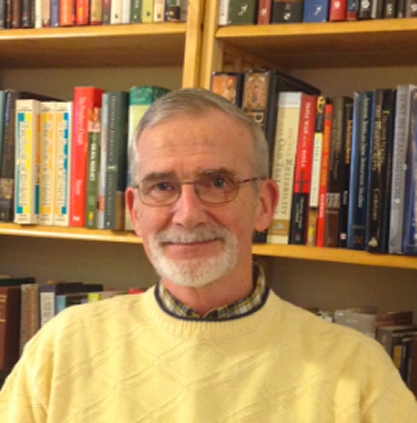
His name is John T. Tolbert, and he is currently working as an evangelist in Asia, primarily with the Vietnamese people. However, he wasn’t always interested in bringing people to Christ. As a child and young man, he thought that there must be a God, but his parents were divided on the subject (his father was an atheist and his mother was Irish Catholic). Because of his mother, he spent eight years in Catholic school, but he says that he never even opened a Bible. Then, when he was in basic training for the Vietnam War, he was given Mark Twain’s book, Letters From the Earth. The book was published after Twain had died, but its content focuses on his disdain for Christianity. Despite having never read the Bible, Twain’s book convinced Tolbert that there is no God.
After the war, Tolbert went to university and eventually studied to be an attorney. He ended up practicing law in Wilmington, Delaware. That’s when his life took an amazing turn. According to him:
…our law firm was retained by the pastor of a church and I was assigned the case. This pastor always brought a Bible with him, and often prayed about decisions that had to be made – right in front of me, and out loud. I had never experienced such a strange thing.
However, thinking I was so much smarter than he, after a few weeks, I challenged him. I picked up his Bible put it right up to his face, and said “How can you believe the Bible when it is wrong in the very first chapter?” He smiled, and responded, “What do you mean, Mr. Tolbert? Evolution?” I said “Yes. Six day creation, Noah’s Ark. Come on!” He smiled again, and asked me a question that changed my life. He said, “You’re a lawyer right? Do you always form conclusions before you’ve studied both sides of the evidence?”
Obviously, that statement made Tolbert realize that he had never properly investigated Christianity. So, the pastor gave him some resources that were focused on the scientific evidence for creation. As an attorney, Tolbert was familiar with the fact that evidence can be “twisted” to fit a particular view, so after reading the books, he checked their sources to see if they were being honest about the data. As he says:
There was no distortion, twisting or misquoting. I slowly pushed my chair back from the table covered with all the original source materials, and said to myself, “Evolution is the biggest fraud that has ever been perpetrated upon the world. I have been deceived.”
Now, I don’t completely agree with Tolbert’s last statement. Evolution itself is not “the biggest fraud that has ever been perpetrated upon the world.” When we knew little about genetics and the details of the cell, evolution as a creation story actually made some sense. However, the more we have learned about the details of biology (especially molecular biology and genetics), the less tenable it has become. Add to that the fact that the fossil record speaks strongly against it, and you end up having a hypothesis with little scientific merit. However, the hypothesis itself is not a fraud. I would say that the certainty with which some promote it is a fraud, at least from a scientific point of view.
Nevertheless, Tolbert’s story is fascinating. While he is not a scientist, he was trained to examine and evaluate evidence. He was given the scientific evidence for a Creator, and he ended up finding the evidence persuasive. That led him to Christ. God calls to all of us in different ways, because He desires that we all come to know Him (2 Peter 3:9). I pray that you come to know Him as well!


